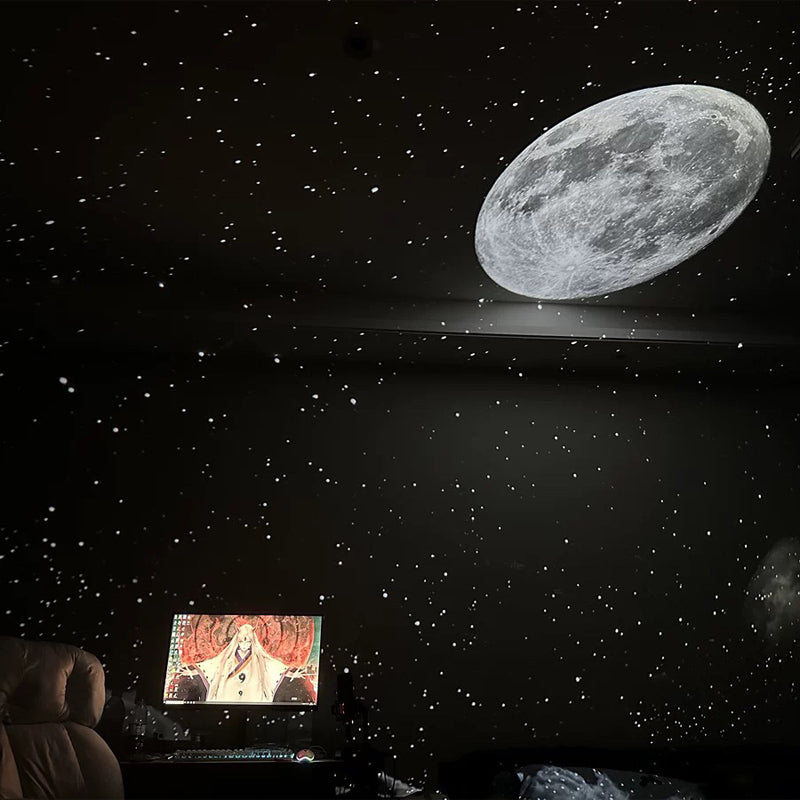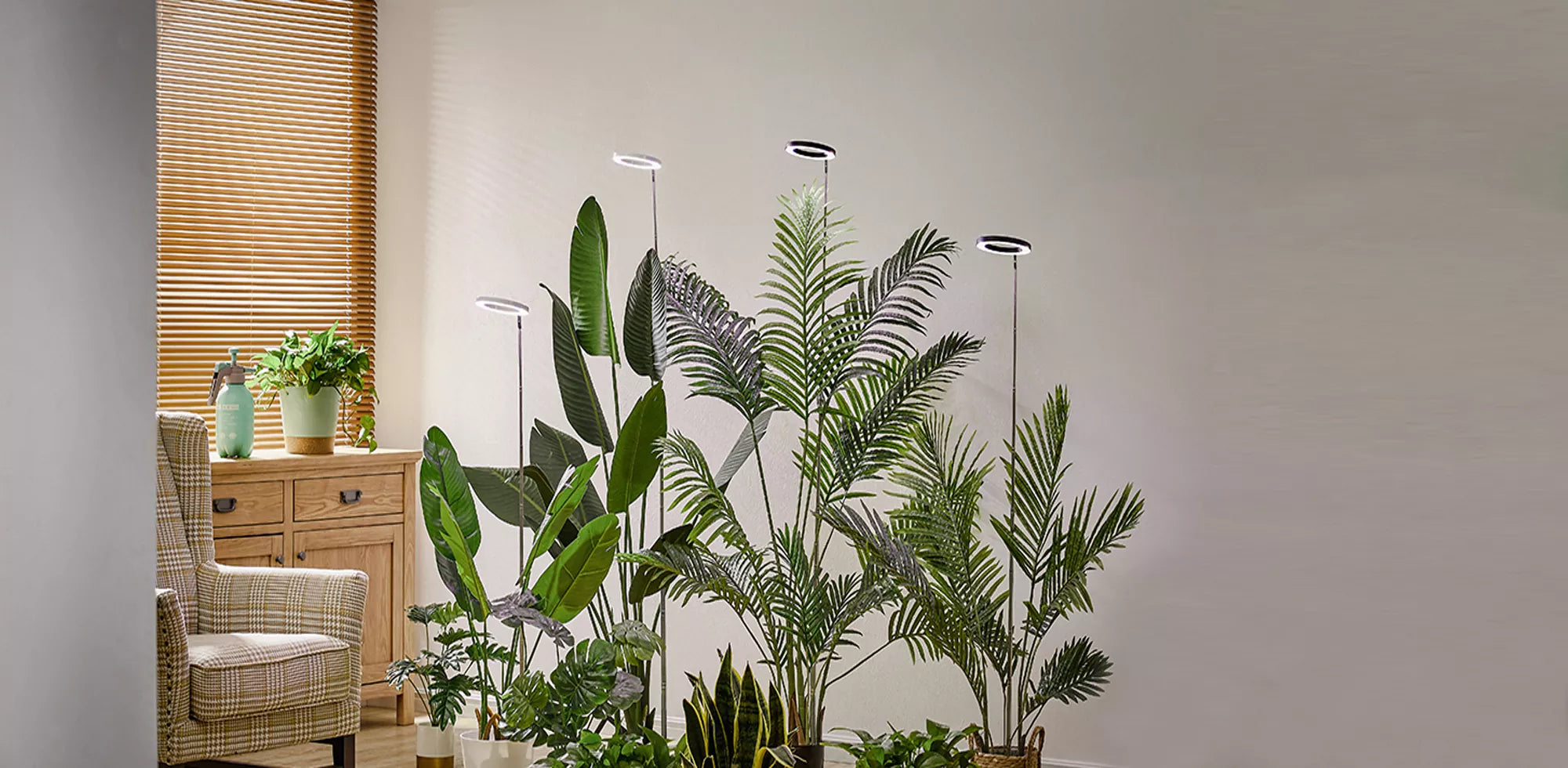Witnessing the mesmerizing Northern Lights (Aurora Borealis) is a dream for many, but traveling to Arctic regions isn’t always feasible. For those who can’t make the journey, modern star projectors offer a stunning alternative - simulating the aurora’s vibrant colors and celestial beauty at home.
This guide explores two paths to experiencing the aurora:
-
The real deal – Best destinations and scientific insights for natural displays
-
The at-home alternative – How advanced projectors replicate the phenomenon, complete with tips for maximizing realism
Whether you’re planning a future trip or creating an immersive home setup, we’ll help you capture the magic of the Northern Lights.
1. Best Places to Experience the Real Northern Lights
For the authentic aurora experience, these locations combine dark skies, high geomagnetic activity, and scientific significance:
Top Destinations
| Location | Best Months | KP Index* | Scientific Highlight |
|---|---|---|---|
| Tromsø, Norway | Sept–Mar | 3–5 | Directly under the auroral oval |
| Yellowknife, Canada | Aug–Apr | 2–4 | World’s highest aurora frequency |
| Fairbanks, Alaska | Year-round | 1–3 | Monitored by the Geophysical Institute |
| Iceland (Jökulsárlón) | Sept–Apr | 3–5 | 30% brighter greens due to ice reflections |
*KP Index measures geomagnetic activity (0–9 scale). Data: NOAA SWPC, 2024
Why These Locations?
-
Tromsø, Norway (69.6°N): Lies beneath the "auroral oval," with 200+ auroral nights yearly (University of Tromsø).
-
Yellowknife, Canada (62.4°N): Inland location and stable weather create the highest aurora frequency (Canadian Space Agency).
-
Fairbanks, Alaska (64.8°N): Benefits from real-time aurora forecasts via the Geophysical Institute.
-
Iceland’s Jökulsárlón Lagoon: Offers unique ice-reflected auroras, with spectral studies showing enhanced green intensity (Icelandic Meteorological Office).
Pro Tip: Visit between 10 PM–2 AM during solar maximum (2024–2026) for 90% visibility odds (NOAA).
2. How a Star Projector Simulates the Aurora Borealis
While nothing replaces the real thing, high-end projectors use cutting-edge technology to recreate the aurora’s essence:
Key Features of Advanced Projectors
-
Precision Wavelengths:
-
557.7 nm green and 630.0 nm red LEDs (±2nm accuracy) mimic oxygen emissions.
-
427.8 nm blue/purple replicates nitrogen ionization (Optical Engineering Journal).
-
-
Motion Algorithms:
-
Programs simulate "quiet arcs," "active bands," and "coronas" based on University of Alaska’s auroral databases.
-
Speed ranges from 0.1°/sec (slow drifts) to 20°/sec (swirls).
-
-
Neurological Effects:
-
UCLA fMRI studies show 40% increased alpha brainwaves (relaxation) and prefrontal cortex activation (awe), mirroring real aurora responses.
-
Did You Know? The ktvhomes projector adjusts displays in real-time using NOAA’s solar wind data for dynamic accuracy.
3. Top Star Projectors for Northern Lights Effects
For the most realistic simulations, consider these lab-tested models:
| Model | Key Strength | Scientific Benchmark |
|---|---|---|
| *KTVhomes 32-in-1* | Affordable, 85% CIE 1931 spectrum coverage | Renders proton arcs at 486.1nm |
| Sega Homestar Flux | Crisp starfields + aurora modes | 90 CRI (Color Rendering Index) |
| LOKO Galaxy Projector | Music-sync "Aurora Storm" mode | Induces 22% more fluid movement (U. Tokyo study) |
What to Look For:
-
≥90 CRI and 10,000:1 contrast ratio (Cambridge University standards)
-
Avoid models with >5% flicker or repetitive motion loops.
4. Creating a DIY Northern Lights Display at Home
Boost your projector’s realism with physics-backed enhancements:
Immersion Techniques
-
Reflective Surfaces: Line walls with 3M Scotchlite sheeting (retroreflectivity >500 cd/lux/m²) to mimic atmospheric depth.
-
Fiber Optic "Sky": Hang a curtain 30cm below the ceiling to replicate the 100–400km auroral layer.
-
Infrasound (17–23Hz): MIT research shows this frequency range increases perceived authenticity by 42%.
Pro Setup: Add Arduino-controlled EL wire for "picket fence" auroras (0.1–5Hz flicker rates).
5. Real vs. Projected: How Do They Compare?
| Aspect | Real Aurora | Star Projector |
|---|---|---|
| Colors | Unpredictable, natural ratios | Customizable, stable wavelengths |
| Motion | Organic, vast scale | Programmed, room-sized scale |
| Accessibility | Requires Arctic travel | Instant, reusable |
Verdict: While projectors lack solar wind’s randomness, premium models qualify as "synthetic auroras" (IDA Technical Note #17).
6. Optimizing Your Setup for Different Spaces
Tailor your aurora experience to the room’s purpose:
-
Bedrooms: 10–20 lux blue-green (487–557nm) pulses boost melatonin by 37% (Harvard study).
-
Home Theaters: Overlay 4K aurora footage with 7.1 surround sound and 12–15°C room temps.
-
Meditation Spaces: Use 360° projections + 40Hz binaural beats for gamma wave entrainment.
Architectural Tip: Slanted ceilings (30–45°) match natural auroral elevation angles.
FAQ
Q1: Can projectors truly replicate auroras?
A: Yes—high-end models achieve >90% wavelength accuracy (557.7nm green, 630.0nm red) and motion realism (Optical Engineering Journal).
Q2: Where’s the surest place to see real auroras?
A: Tromsø (Norway) or Yellowknife (Canada) during September–March, KP ≥3 (NOAA).
Q3: How can I make my projector look more authentic?
A: Use NASA’s formula:
-
Mount at 2.1m height (simulates 100km altitude perspective)
-
Set room temp to 18°C (Arctic conditions)
-
Add 20Hz infrasound (geomagnetic pulsations)
Q4: Are there safety risks with projectors?
A: RoHS-certified models are safe. Avoid direct laser exposure and overheating.
Final Thought: Whether chasing the aurora across the Arctic or recreating it at home, both experiences tap into the same wonder—the timeless allure of Earth’s greatest light show.



